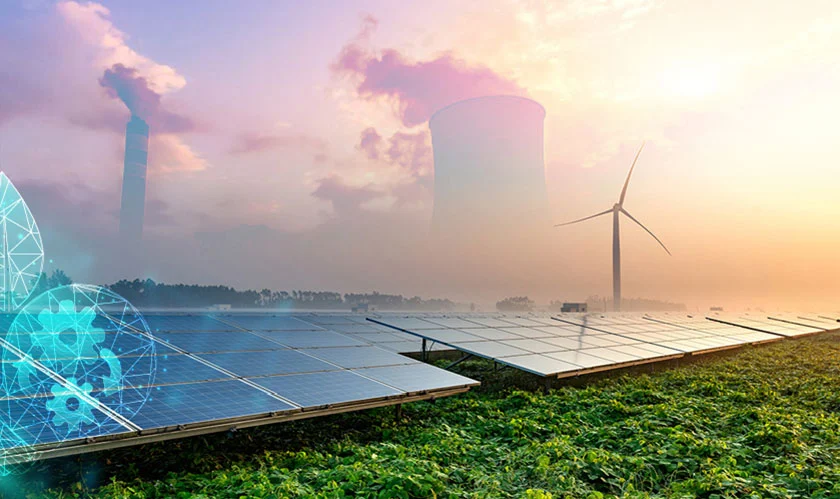Home Industry Environmental sustainability Top 6 innovative technologies ...
Environmental Sustainability

CIO Bulletin
02 August, 2023
The renewable energy industry is being shaped by numerous innovations. As new energy technologies gain popularity, more people are becoming aware of the need to switch to cleaner solutions. Innovative heat pumps, hydrogen technologies, smart electricity grids, and more coal, oil, and gas substitutes are just a few of the industries making changes and putting their attention on building more sustainable environments.
There is a chance to stop using fossil fuels as a result of the expansion of renewable energy sources. And today, the emphasis will be on sustainable innovations that will shape a future with a new, cleaner world. Read more about innovations and trends with solar batteries.
The transition to a cleaner future may be made simpler by the development of artificial intelligence (AI), additive manufacturing, automation, and other technologies, as many of these advancements help control and monitor infrastructure and improve the environment by replacing outmoded technology with newer and better alternatives. For instance, pressure transmitters can be used in hydrogen applications to examine the expansion force of a liquid or gaseous sample, and thermal imagers show overheating-related damage to solar installations.
More things can now be measured and monitored thanks to technological advancements, which gives everyone the chance to create a more sustainable environment. Therefore, some of the trends influencing the energy industry will be the focus of today's discussion.
1. Solar Powered Trains
Solar energy is one of the most widely used renewable sources, but it is still not as widely used as fossil fuels. According to estimates from the International Energy Agency (IEA), solar power, which surpassed bioenergy in 2019, is now the third-largest source of renewable electricity behind hydropower and onshore wind.
Many people are looking for additional uses for solar energy, such as solar-powered trains. Without recharging, this mode of transportation can operate all day. The train exports 75% of the energy it produces back to the grid, as the BBC reported in their video about the solar railway (see below).
The process of harnessing and storing solar energy is known as artificial photosynthesis. Additionally, researchers are looking into how water can be transformed into hydrogen and oxygen, which could reduce atmospheric carbon dioxide levels.
Solar panels made from food waste are one example of the ongoing advancements in the energy sector and solar energy in general. Utilizing luminous particles from discarded fruits and vegetables, the ground-breaking material was produced.
Batteries play a crucial role in the transition to renewable energy. The "father of lithium-ion batteries," John Goodenough, received the Chemistry Nobel Prize for his creation. Even so, he continued to work on the creation of the lithium-glass battery, which has a capacity that increases with age and twice the amount of energy per unit of mass as lithium-ion batteries.
These batteries last a lot longer than regular batteries do. Additionally, they are safer (non-flammable), operate at lower temperatures, charge more quickly, cost less, and have a longer energy storage capacity.
Similar to solar energy, tidal energy is a reliable source of power. Due to the location, which makes it challenging to transfer energy from the ocean to land, scientists have previously had difficulty using it. Now that it can be used directly, tidal energy has the potential to power up to 20% of the UK.
Typically, solar panels are found atop residential roofs. The same idea is applied in this innovation, but instead of installing panels on the roof, solar panels are built directly into the tiles. This not only increases the amount of solar energy that can be used because of the larger surface area, but also does away with the need for conventional tiles.







